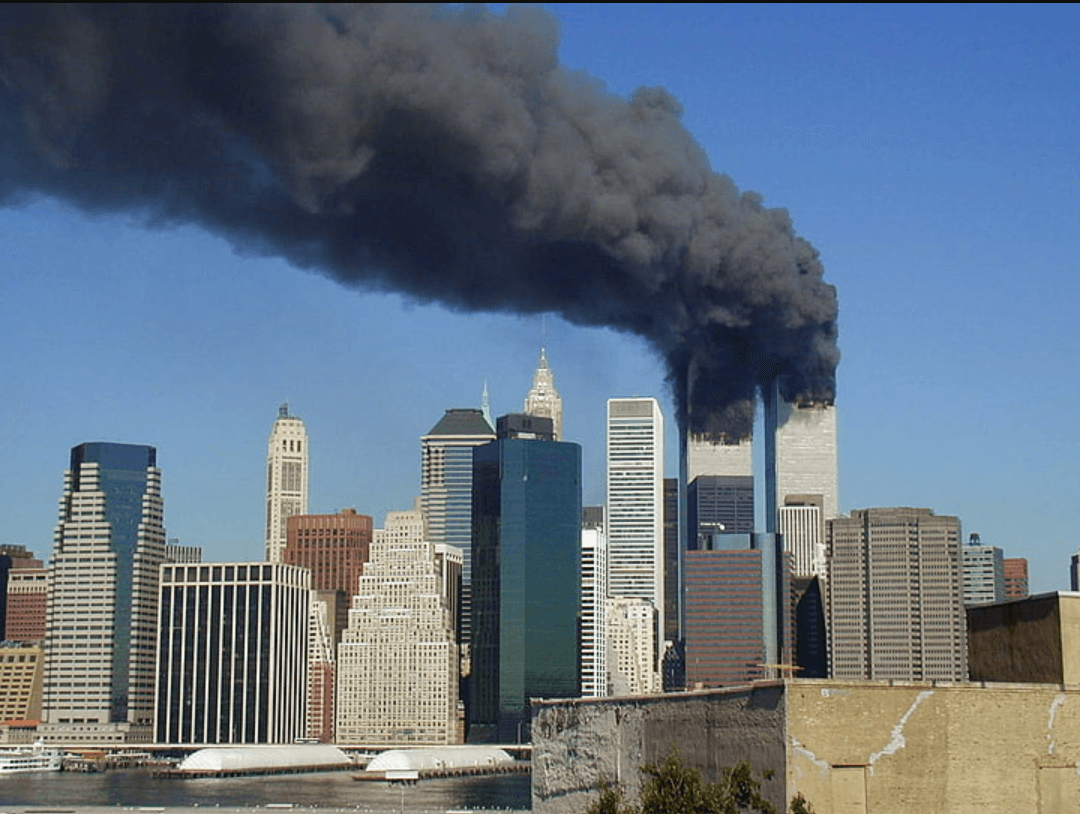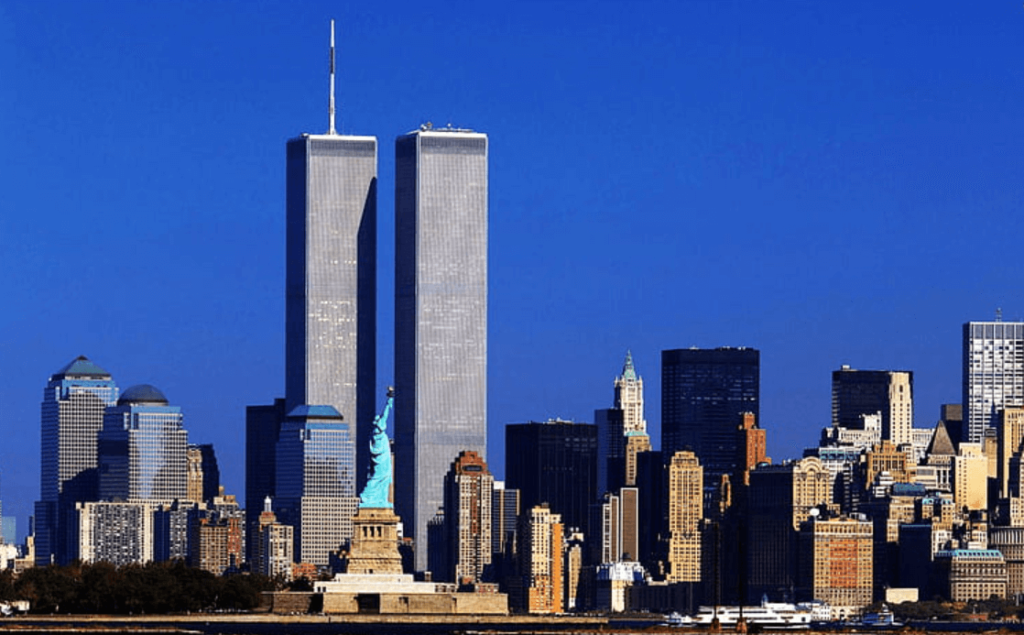
Wallpaper:13j1uexgyfy= 9/11
The evolution of wallpaper in the context of Wallpaper:13j1uexgyfy= 9/11 presents a compelling narrative that transcends mere aesthetics, transforming into a canvas of collective memory and resilience. Initially steeped in grief, these designs have gradually shifted to symbolize hope and unity, reflecting a community’s journey toward healing. This intersection of art and emotion prompts a nuanced exploration of how wallpaper can encapsulate profound societal experiences. As we consider the cultural significance embedded in these patterns, one must ponder: how do these visual representations shape our understanding of trauma and recovery?
Origins of the Wallpaper
The origins of wallpaper can be traced back to ancient China, where decorative paper was first developed for use in palatial interiors.
This design evolution reflects a rich historical context, illustrating how societies adapted wallpaper for personal expression and aesthetic appeal.
Over time, it transitioned from luxury to a widely accessible decorative element in homes.

Emotional Impact and Significance
Wallpaper frequently serves as a powerful medium for emotional expression, influencing the atmosphere and psychological impact of interior spaces.
In contexts of trauma recovery, it can evoke collective memory, providing a canvas for reflection and healing.
The choice of patterns and colors can facilitate dialogue about past events, fostering a sense of community and resilience in environments marked by shared experiences.
Read more: Wallpaper:08vmoaicbbc= Music Background
Symbolism of Resilience
While often overlooked, the choice of wallpaper design can serve as a profound symbol of resilience, reflecting both personal and collective journeys of recovery and strength in the aftermath of adversity.
Such designs often encapsulate community strength and enduring hope, illustrating the capacity to rise above challenges.
They remind us of the bonds forged in difficult times and the enduring spirit of humanity.
Cultural Representation of 9/11
How has the cultural representation of 9/11 evolved over the years to reflect the complex emotions and narratives surrounding this pivotal event in history?
Initially dominated by tragedy, media portrayal has shifted towards themes of resilience and unity.
This transformation has influenced public perception, highlighting diverse experiences and fostering dialogue about the implications of terrorism, patriotism, and cultural identity in contemporary society.
Read more: Wallpaper:5yz6pupciks= Night Sky
Conclusion
In summary, wallpaper has transcended its decorative function, emerging as a powerful emblem of resilience and healing in the aftermath of Wallpaper:13j1uexgyfy= 9/11.
Its evolving designs encapsulate the collective memory of trauma and the unwavering spirit of unity that defines the human experience.
This seemingly simple medium transforms into a canvas of hope, reminding society that even in the depths of despair, the strength of community can illuminate the darkest of times, creating a tapestry of recovery that is nothing short of extraordinary.




